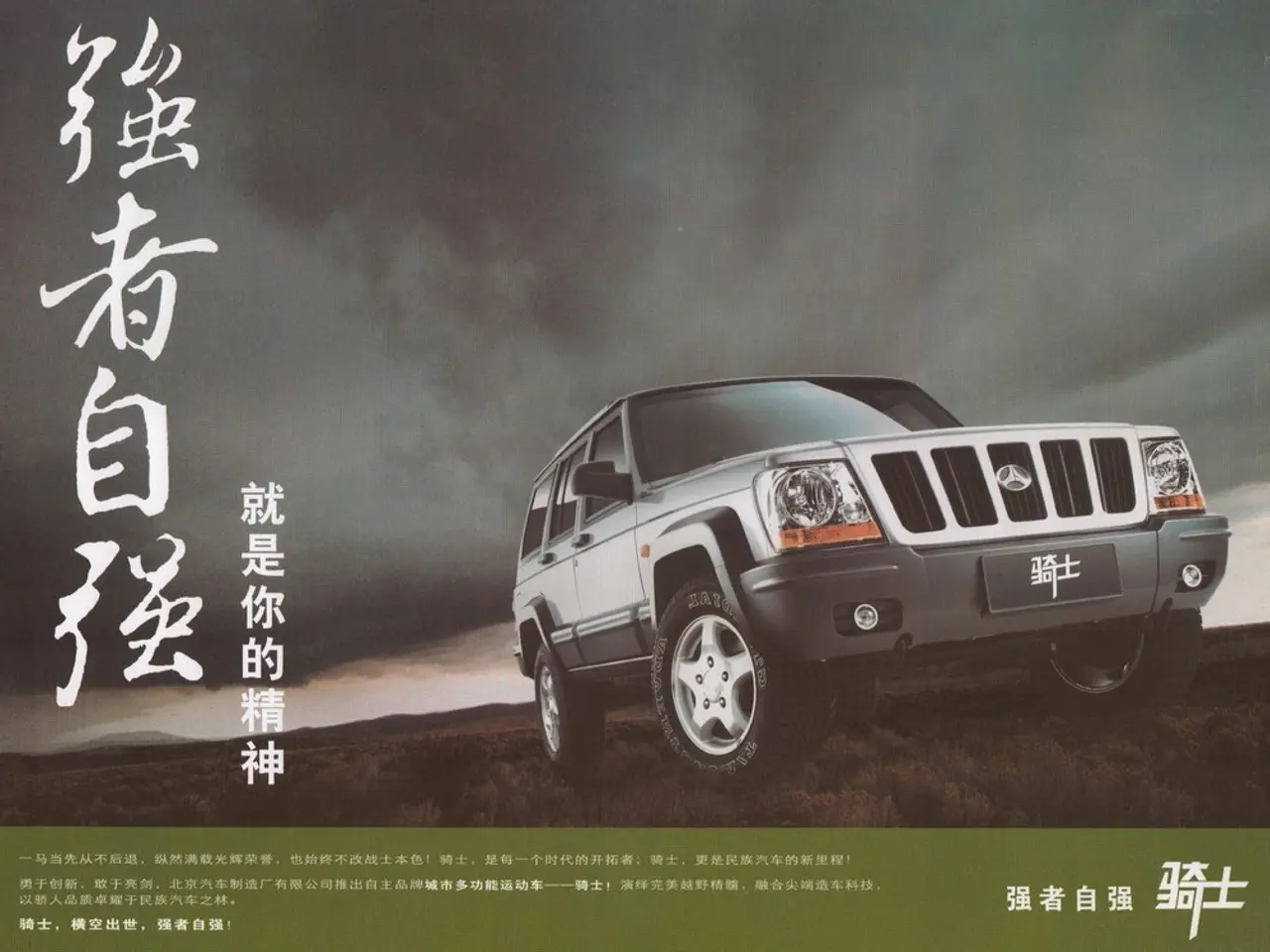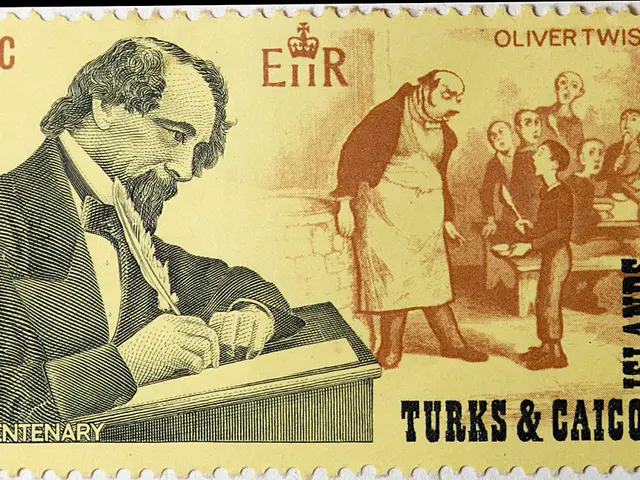The controversy concerns trade disagreements between the United States and China.
In a recent development, the U.S.-China tariff truce has been extended for another 90 days, pushing the expiration date to November 10, 2025. This extension halts planned tariff hikes that would have seen U.S. tariffs on Chinese imports soaring to as high as 145%, with retaliatory Chinese tariffs approaching 125%, thus providing some stability during the critical holiday trade season.
Currently, tariff rates on Chinese imports are capped at 30%, with U.S. goods facing 10% tariffs in retaliation. However, it is important to note that specific 50% tariffs have been imposed on semi-finished copper products starting August 1, 2025.
Reciprocal tariff rates fluctuate around 20–34% on various goods, reflecting ongoing trade tensions and retaliations. These rates have been modified several times, following executive orders.
The extension of the tariff truce aims to maintain economic stability and allow further negotiations, including a likely high-level summit between the presidents of the U.S. and China. This cautious approach is intended to prevent severe economic disruption amid ongoing concerns over trade imbalances and national security.
From China's perspective, the U.S. tariffs are seen as unfair and politically motivated. Beijing has reacted sharply to Trump's measures and wants to demonstrate mutual dependencies in trade, negotiate access to advanced U.S. AI chips, and show that it is not in need of a quick deal.
The legality of many of Trump's tariffs is currently under discussion in the U.S. appeals court. An appeals court temporarily lifted the judicially imposed blockade of Trump's tariffs in late May, but a final decision has not yet been made.
The U.S. has accused China of withholding rare earth materials, crucial for the production of smartphones, screens, and semiconductors. This issue remains unresolved and could potentially escalate the trade war further.
A meeting between Presidents Trump and Xi Jinping could occur in the future, which is considered crucial for setting political guidelines beyond technical details. Such a meeting could provide a much-needed resolution to the ongoing trade tensions between the two nations.
The extended tariff pause prevents an escalation of trade disputes between the U.S. and China for now. However, the situation reflects a complex and evolving trade relationship, with tariffs used strategically alongside negotiations to balance economic, political, and security objectives.
Read also:
- Unchecked Management of HP Dams Leads to Environmental Disaster: RTI Reveals
- Nordstrom taps prominent New York residents for their second advertising campaign in the city.
- Rivian is working on new technology to enhance the agility of its electric vehicles (EVs)
- Record-breaking Gold Investment: China Spends $1 Billion on Gold Imports Amidst U.S. Tariffs as Per Recent Reports








